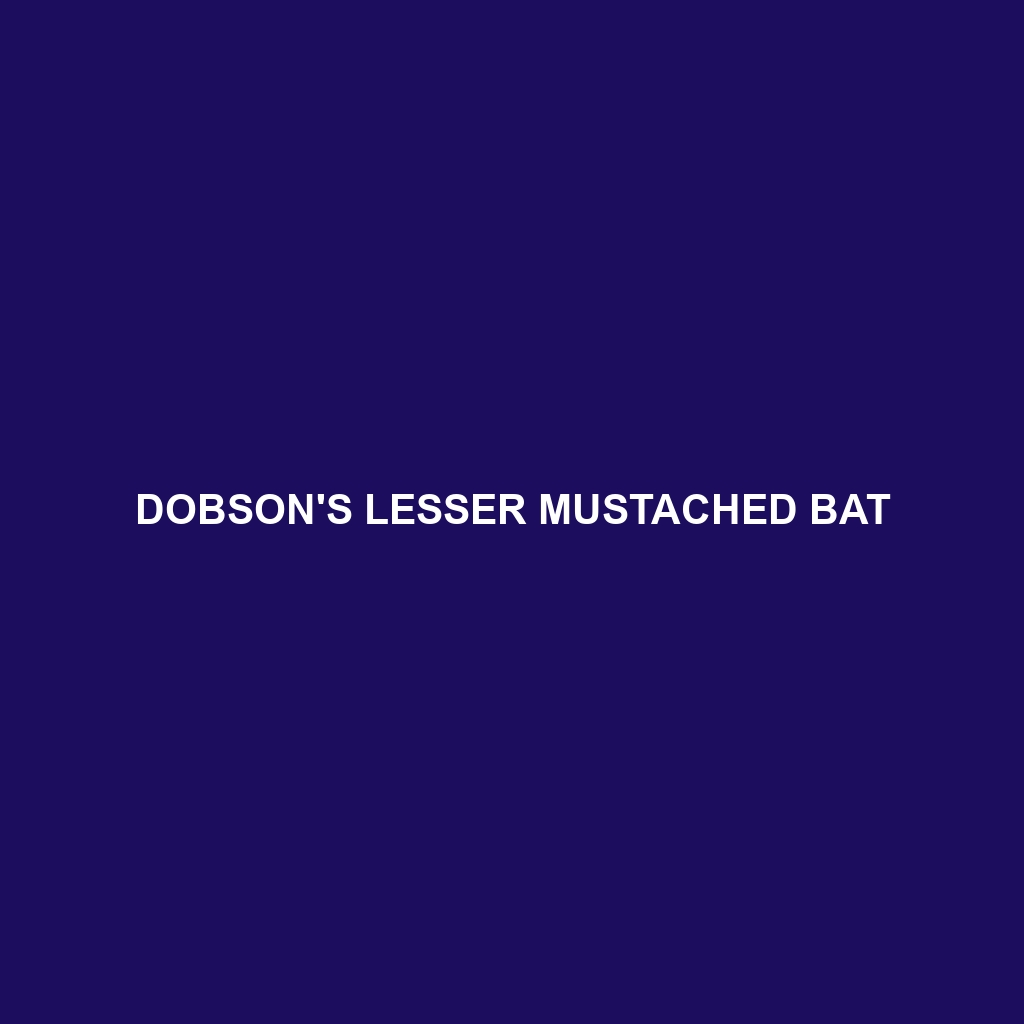Puerto Rican Common Mustached Bat ()
Common Name: Puerto Rican Common Mustached Bat
Scientific Name:
Habitat
The Puerto Rican Common Mustached Bat is primarily found in the tropical forests of Puerto Rico, where it inhabits various environments ranging from coastal areas to mountainous regions. This bat species prefers humid forests, caves, and sometimes urban areas, showcasing its adaptability within diverse geographic locations. It is particularly prevalent in the Luquillo Mountains, as well as in the dry forests of the island.
Physical Characteristics
The Puerto Rican Common Mustached Bat has a wingspan of approximately 30 to 35 centimeters and weighs between 10 to 15 grams, making it relatively small compared to other bat species. Its fur is typically a rich brown to gray color, with distinctive mustache-like markings that lend it its common name. The bat features large ears that assist in echolocation, and its body is characterized by a streamlined shape ideal for agile flight.
Behavior
This species is nocturnal, actively feeding and foraging at night. The Puerto Rican Common Mustached Bat is known for its acrobatic flight patterns as it navigates through the forests. Socially, they are often found in small to medium-sized colonies, roosting in caves or under foliage during the day. Their echolocation capabilities not only aid in hunting but also in communication with other bats within their groups.
Diet
The diet of the Puerto Rican Common Mustached Bat mainly consists of insects, including moths, beetles, and other nocturnal invertebrates. This bat plays a crucial role in pest control, as it contributes significantly to regulating insect populations in its habitat. During foraging, it uses echolocation to detect and capture prey mid-air.
Reproduction
Reproductive habits of the Puerto Rican Common Mustached Bat typically occur between April and August. Females usually give birth to one pup after a gestation period of approximately two months. The young bats are cared for in the roosting colonies where they learn to fly and forage under the supervision of their mothers. Notable behaviors include communal nursing and protective clustering of pups, enhancing their survival rates.
Conservation Status
The Puerto Rican Common Mustached Bat is currently classified as *vulnerable* due to habitat loss and environmental changes. Conservation efforts are ongoing to protect their natural habitats and support population recovery.
Interesting Facts
One fascinating fact about the Puerto Rican Common Mustached Bat is its ability to emit ultrasonic calls that can reach frequencies up to 50 kHz, which are beyond the range of human hearing. Additionally, this species is considered an important indicator of environmental health, reflecting the well-being of its tropical ecosystem.
Role in Ecosystem
The Puerto Rican Common Mustached Bat plays a vital role in its ecosystem, particularly in maintaining the balance of insect populations through its predatory behavior. Furthermore, this bat species aids in pollination and seed dispersal, contributing to the health of tropical forests. Its interactions with other species showcase the interconnectedness of ecological systems on the island of Puerto Rico.

